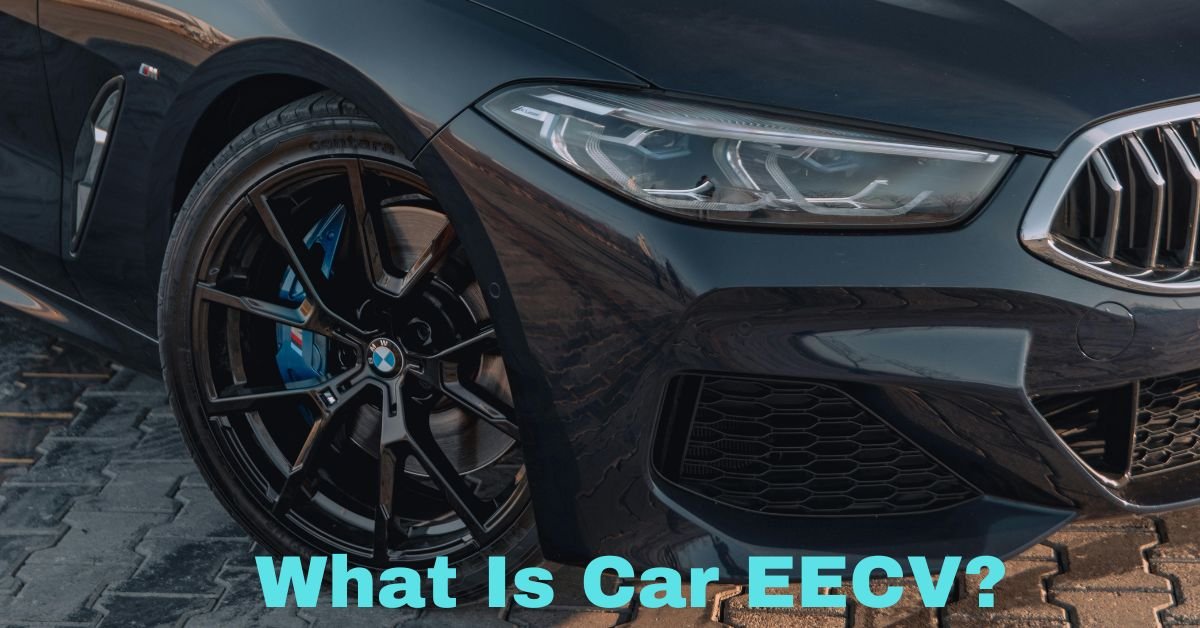In the world of automotive engineering, technology has advanced rapidly, bringing about innovations that enhance performance, efficiency, and safety. One of these innovations is the EECV — a component that plays a critical role in modern vehicle systems. But what exactly is an EECV, and why should it matter to car enthusiasts, engineers, and drivers alike? In this blog post, we’ll explore the meaning of EECV, its function, and its significance in today’s automotive landscape.
What is Car EECV? Understanding the Role of EECV in Automotive Systems
1. What is EECV?
EECV stands for Electronic Engine Control Valve, sometimes referred to as an electronic control valve or electronically controlled valve. It is a device within the engine management system of a car, designed to control various functions such as air intake, exhaust gases, or fuel mixture by adjusting the valve’s position electronically. Unlike mechanical valves that rely on springs and physical linkages, an EECV uses electronic sensors and actuators to regulate flow with greater precision.
Essentially, an EECV is a type of valve that helps regulate vital engine parameters based on real-time data, contributing to optimal engine performance, fuel efficiency, and emissions control. It is often integrated into the Electronic Control Unit (ECU) of a vehicle, which manages the overall operation of the car’s engine.
2. How Does the EECV Work?
To understand the function of an EECV, it’s essential to first understand the role of valves in an internal combustion engine. Valves control the intake of air and fuel into the cylinders, and the exhaust gases as well. In traditional engines, these valves were controlled by mechanical components, but as modern vehicles have become more sophisticated, the need for precision and efficiency has led to the integration of electronic systems.
The EECV is powered by the ECU and communicates with various sensors to adjust its operation. For example, it might adjust the throttle position, control the intake air system, or modify the exhaust gas recirculation (EGR) rate. The electronic control allows the EECV to respond quickly and accurately to changing driving conditions.
For instance, when a driver presses the accelerator pedal, the EECV works in conjunction with other components to manage the flow of air and fuel to the engine, providing more power for acceleration. When decelerating, the valve adjusts accordingly to reduce fuel consumption and emissions.
3. Key Benefits of EECV in Cars
1. Improved Engine Efficiency
By controlling the flow of air, fuel, and exhaust gases more accurately, the EECV helps optimize the engine’s combustion process. This leads to better fuel efficiency and more consistent power output.
2. Reduced Emissions
The EECV plays a role in controlling the Exhaust Gas Recirculation (EGR) system. The EGR reduces the amount of nitrogen oxide (NOx) emitted by the engine, which is a key contributor to air pollution. Through electronic control, the EECV ensures that emissions remain within acceptable levels, making cars more environmentally friendly.
3. Enhanced Performance
Unlike traditional mechanical valves, which can be slower to respond, the EECV can adjust almost instantaneously, providing better throttle response and smoother acceleration. This leads to a more refined driving experience, with improved performance, especially in modern turbocharged or hybrid engines.
4. Precision and Reliability
The electronic nature of the EECV allows for finer adjustments, resulting in better overall control of engine parameters. This helps prevent issues such as engine knocking, poor fuel economy, or excessive wear on engine components.
Must Read: What Cars Have The 1NZ-FE Engine?

4. Common Applications of EECV
EECVs are used in various applications across the automotive industry, ranging from basic internal combustion engines to complex hybrid or electric systems. Some of the most common areas where EECVs are found include:
- Throttle Control: The EECV controls the throttle valve position, helping to regulate the engine’s intake of air and fuel.
- Exhaust Gas Recirculation (EGR): The EECV helps manage the EGR system to reduce harmful emissions and improve fuel efficiency.
- Variable Valve Timing (VVT): In modern engines, the EECV adjusts the timing of the intake and exhaust valves for improved performance under different conditions.
- Turbocharging Systems: In turbocharged engines, the EECV plays a critical role in controlling air intake and exhaust pressure for optimal performance.
5. EECV in Modern Cars: A Necessity
With the shift towards more environmentally conscious automotive solutions and the pursuit of higher fuel efficiency, the role of EECVs has become more important than ever. They are key components in the push for “smart” cars — vehicles that are capable of making real-time adjustments to optimize performance and meet strict environmental standards.
Additionally, the trend toward electrification in cars, with hybrid and electric vehicles on the rise, also demands advanced electronic systems like EECVs. The ability to precisely control how power is generated, used, and regenerated (in the case of hybrids) requires an evolving approach to engine and powertrain management — something that the EECV facilitates.
Conclusion
The Electronic Engine Control Valve (EECV) is a small but significant component of modern automotive systems. By offering precise, electronically controlled regulation of various engine functions, the EECV enhances engine performance, improves fuel efficiency, and reduces emissions. As cars continue to evolve, this technology will play a central role in creating more efficient, environmentally friendly vehicles. Whether you’re an automotive enthusiast or simply a driver looking to understand the technology behind your car, recognizing the importance of EECV in the broader context of engine management systems is crucial.
